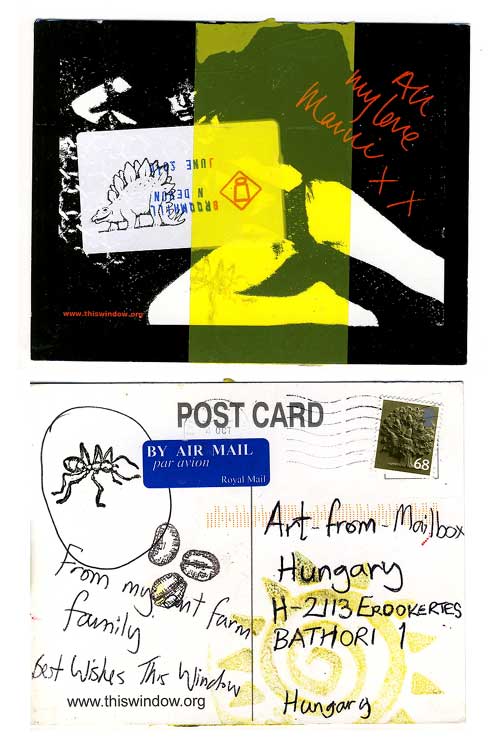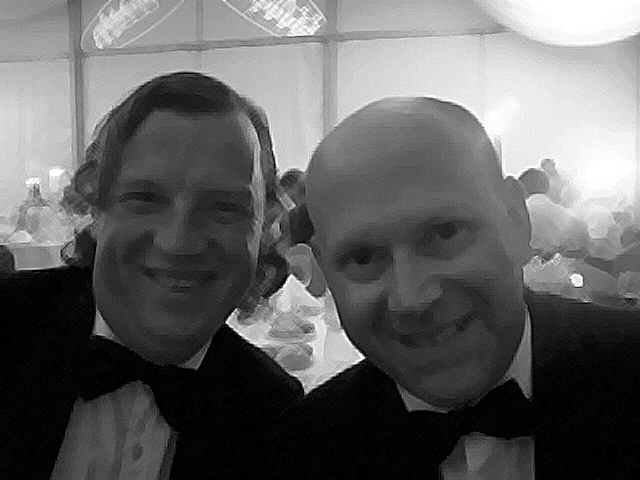There are books that bring new perspectives to painting and the lives / methodologies of artists. Unfortunately Francis Bacon and Nazi Propaganda brings nothing new to the party.
The work and times of Francis Bacon are well documented. The use and origins of Bacon’s source material are well-known, some of which are even preserved. This book is a shortcut, a narrow, tunnel visioned, easy access pass to the imagery that helped to inspire his art – a snapshot and lightweight introduction from a contemporary point of view.
This over emphasis on Nazi imagery is an attempt by the author to shock and imply a tenuous connection between Bacon and the Nazi regime. This book clouds the issue of how artists draw inspiration from the sources around them. These images of Nazi propaganda were (probably) simply metaphors for violence, death and persecution – had Hitler conquered Britain Bacon’s legacy would not exist. They still are powerful photographic and graphic images that send a shudder down your spine but they were only a part of Bacon’s bigger picture.
Does one methodology fit all? – painting is more complicated than that.
It would make more sense to see some of the imagery for yourself. BOZAR fine arts museum in Brussels has an exhibition of Bacon bits. The contents from his studio are part of a show running until May 2013. “Changing States: Contemporary Irish Art & Francis Bacon’s Studio”includes photographs of friends and lovers, medical books, wildlife and sport are jumbled together with classical references and artists monographs as well as unfinished paintings.
The Gilded Gutter Life of Francis Bacon
The paintings of Francis Bacon have always stood out in the crowded museums and galleries that are stuffed full of mediocre British paintings. Daniel Farson gives a personal view of his (if only in his own mind) ‘friend’s’ chaotic debauched life.
In 1962, Farson made a documentary for Associated-Rediffusion about pub entertainment in the East End of London where he lived, called Time Gentlemen Please (this led directly to the company’s later series Stars and Garters, with which Farson was not personally involved). Soon after this he bought a pub, The Waterman’s Arms, in the East End with the explicit intent of reviving old-time music hall, but this failed. By the end of 1964 he had resigned from Associated-Rediffusion (by then renamed Rediffusion London) keeping a lower public profile for the rest of his life. He moved from London to live in his parents’ house in Devon, but continued to visit the pubs and drinking clubs of London’s Soho on a regular basis… Continue reading
Related articles










 Biography
Biography